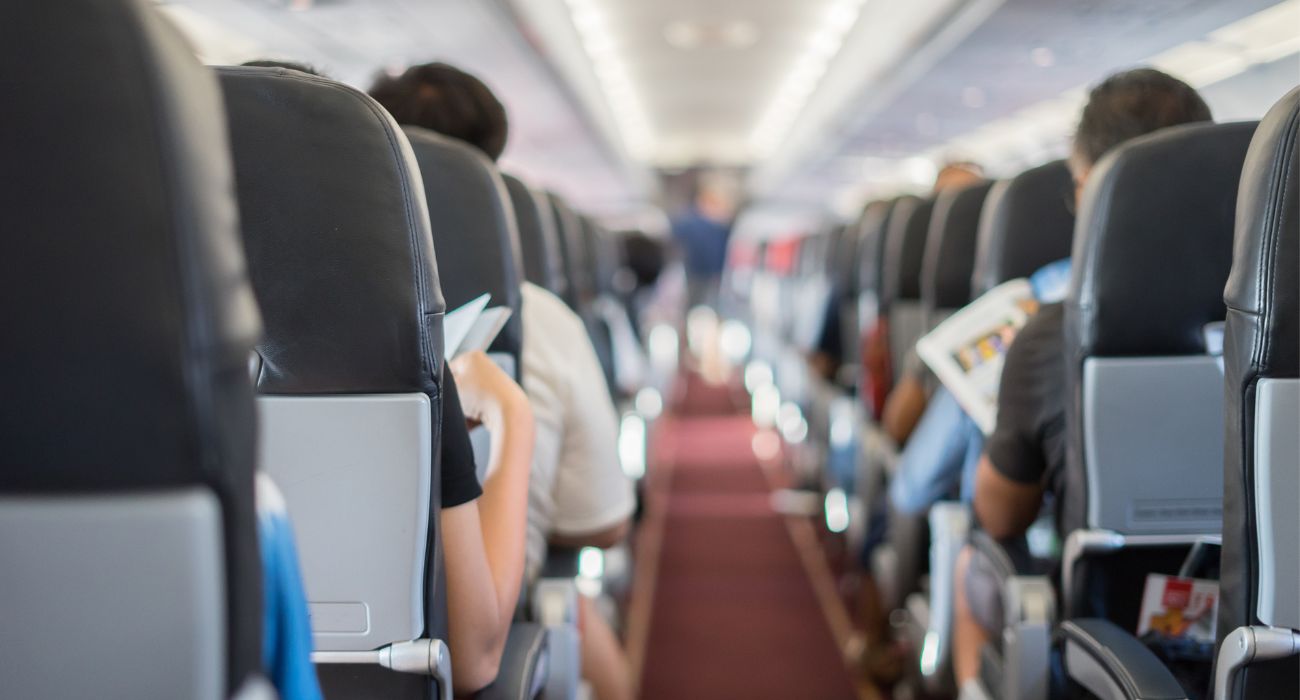Airline travel can be an overwhelming and often exhausting experience for passengers. Still, when a scheduled flight gets delayed on the runway, travelers need to know what their rights are.
A tarmac delay is typically caused by severe weather incidents. However, they can also occur when a plane on the ground awaits takeoff or when a plane lands and awaits authorization to approach the gate.
In 2021, the U.S. Department of Transportation (DOT) established the “tarmac delay rule,” a modification to the 2016 Federal Aviation Administration Extension, Safety, and Security Act, which details U.S. airports and airlines’ obligations to passengers during a delay.
Under the tarmac delay rule, U.S. passengers must be provided food, water, operational lavatories, and medical care if a plane is grounded on the tarmac for approximately two hours. Furthermore, if the delay lasts for three hours on domestic flights and four hours on international flights, all passengers must be given the option to deplane.
“No one is happy about airport delays, which is why we are working closely with our partners to reduce tarmac delays that have been overwhelmingly caused by a recent stretch of bad weather … at destination airports,” a Port Authority spokesperson said, according to The Wall Street Journal.
While DOT allows exceptions to the tarmac delay rule, exceptions are only allowed if they concern safety, security, or air traffic control. Generally, no passenger should attempt to exit the plane during a delay unless otherwise authorized by airline officials.
Passengers who choose to exit the plane after the minimum delay should be aware that they may not be allowed back onboard. If a passenger decides to disembark, the flight can take off without the passenger, leaving them with the responsibility of booking another flight.
“If passengers decide to exit the aircraft during a tarmac delay and the aircraft eventually takes off for its intended destination, the airline may not be required to offload any passenger’s checked bags before the plane takes off. Passengers will need to contact the airline about returning their checked luggage at a later time,” according to DOT’s website.
DOT’s Office of Aviation Consumer Protection is responsible for tracking the frequency of tarmac delays each month. It regularly publishes its data in a report for air travel consumers, however, data drops are typically from three months prior.
In April 2023, June’s report shows that nearly all major airlines reported domestic flights with tarmac delays exceeding three hours or more.
While tarmac delays are virtually out of airline passengers’ control, U.S. carriers provide a status update roughly 30 minutes after a delay. Subsequent status updates are only provided to passengers if the airline deems it appropriate.






